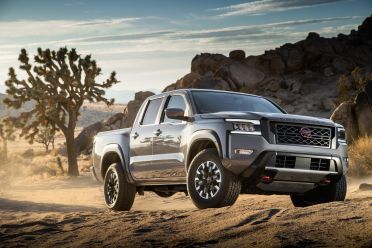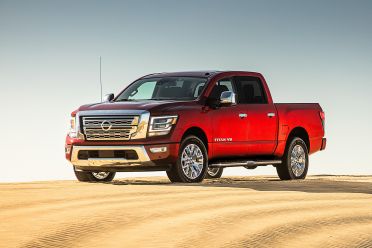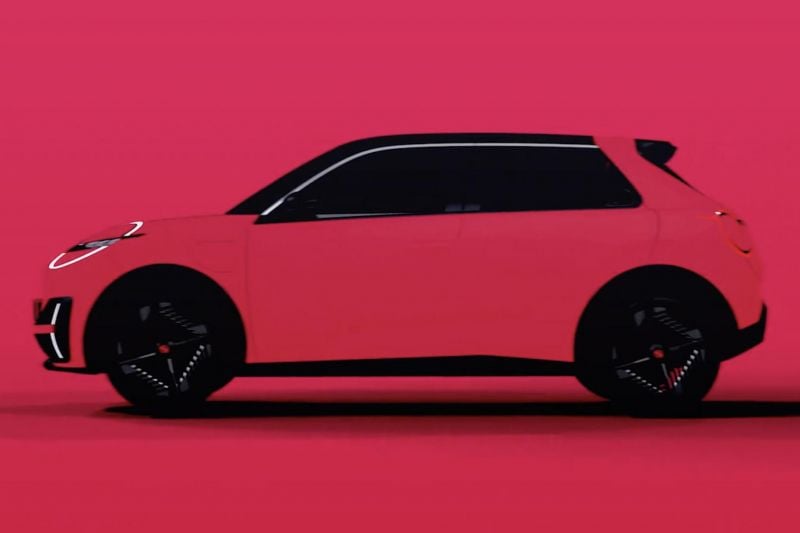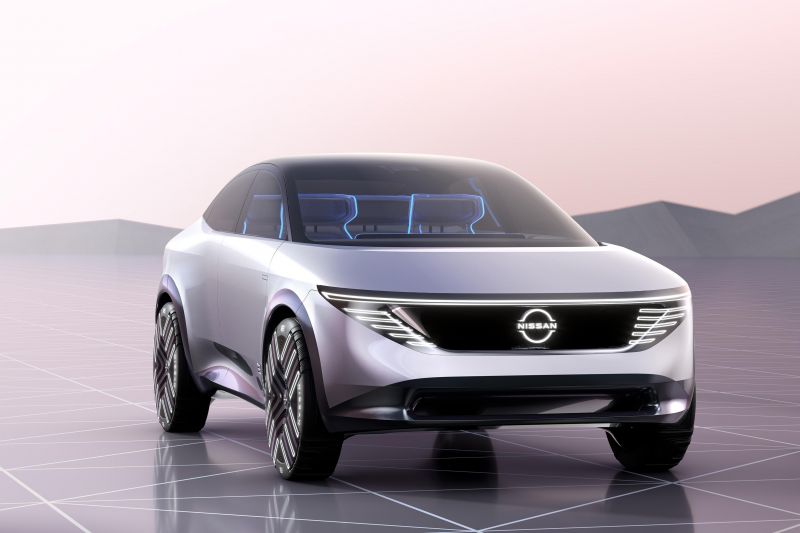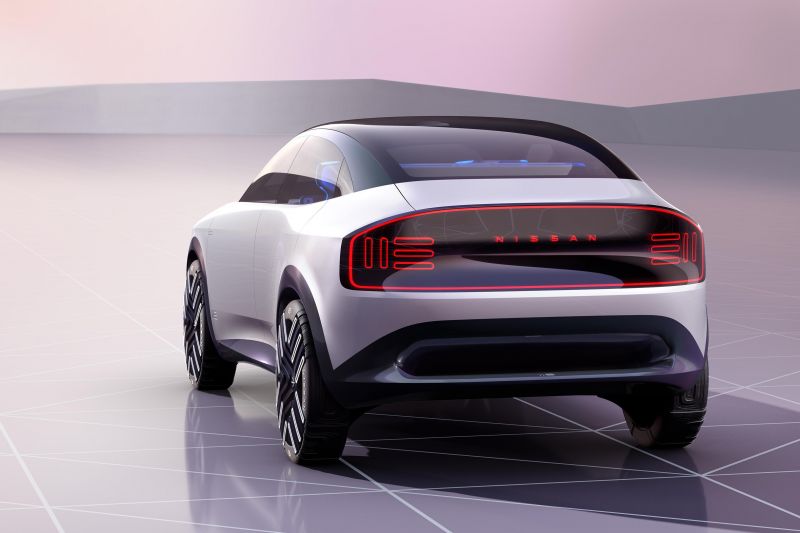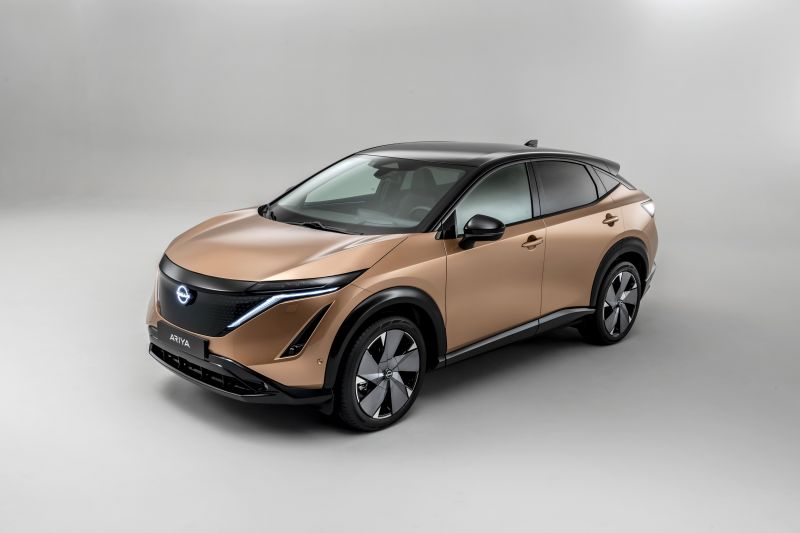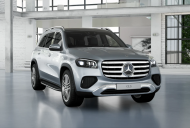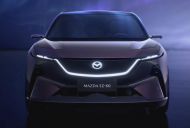Nissan is focusing its resources on electric vehicle development and will reportedly end most development of new internal combustion engines.
Nikkei Asia reports Nissan has already stopped developing internal combustion engines for the European market and will phase out development of these for China and Japan.
No other Japanese automaker has intimated such a decision, putting Nissan ahead of the curve among its contemporaries and aligning it with companies like Hyundai.
The company will, however, continue development of new hybrid powertrains. It’s currently expanding its range of e-Power offerings, with the first such model set to arrive in Australia in 2022.
Nissan will reportedly continue “limited” development of petrol engines for the US market, primarily for use in pickup trucks. There, its Frontier is the fifth best-selling ute in its segment but the full-sized Titan is dead last.
This reported move doesn’t spell the end of internal combustion engines at Nissan. The company, much like Hyundai, will reportedly continue to improve its existing ICE powertrains and isn’t planning on shutting any engine factories.
Personnel developing ICE powertrains will, however, be progressively relocated to hybrid and electric powertrain projects and other divisions.
Nikkei Asia reports Nissan has spent around 500 billion yen (A$6 billion) annually on research and development, much of which has gone towards internal combustion engines and the vehicles they power.
This reported move will free up much of those funds for EVs.
The company has reportedly determined upcoming Euro 7 emissions standards, set to go into effect as early as 2025, make developing new ICE powertrains for the European market prohibitively expensive.
It’s already confirmed it won’t sell the twin-turbo V6-powered Nissan Z in that market due to emissions standards, while the next-generation Micra light hatch will switch to the all-electric CMF-BEV architecture underpinning the revived Renault 5.
The latter is one of many upcoming vehicles across the Renault-Nissan-Mitsubishi Alliance that’ll use a shared platform, as the three companies tap into shared expertise in electrification, software and services to keep costs down.
Late last year, Nissan announced it was spending 2 trillion yen (A$24.6 billion) alone on electrification over the next five years.
The company’s Ambition 2030 vision will see it bring 23 electrified models, including 15 new electric vehicles, to market by fiscal year 2030.
Over the next five years, it’ll introduce 20 new models with electric or e-Power powertrains.
By that time, it wants to have an electrification mix of more than 50 per cent globally across both the Nissan and Infiniti brands.
Nissan expects some markets to take to electrification more quickly.
By fiscal year 2026, it expects electrified vehicles to account for more than 75 per cent of its sales in Europe, more than 55 per cent in Japan, and more than 40 per cent in China.
The company says its new proprietary all-solid-state-batteries (ASSB) will be produced at a pilot plant in Yokohama as early as fiscal year 2024 ahead of a market introduction in fiscal year 2028.
The company claims these will reduce charge time to one-third and bring the cost of battery packs down to $75/kWh by fiscal year 2028 and down to $65/kWh thereafter.
By employing cobalt-free battery technology, Nissan expects to reduce the cost of its lithium-ion batteries by 65 per cent by fiscal year 2028.
At some unspecified time in the future, it expects to achieve cost parity between EVs and petrol vehicles.
MORE: Nissan set to develop solid-state batteries for Alliance
MORE: Renault-Nissan-Mitsubishi present united front, share key plans
MORE: Nissan announces $24.6 billion electrification plans, four EV concepts





